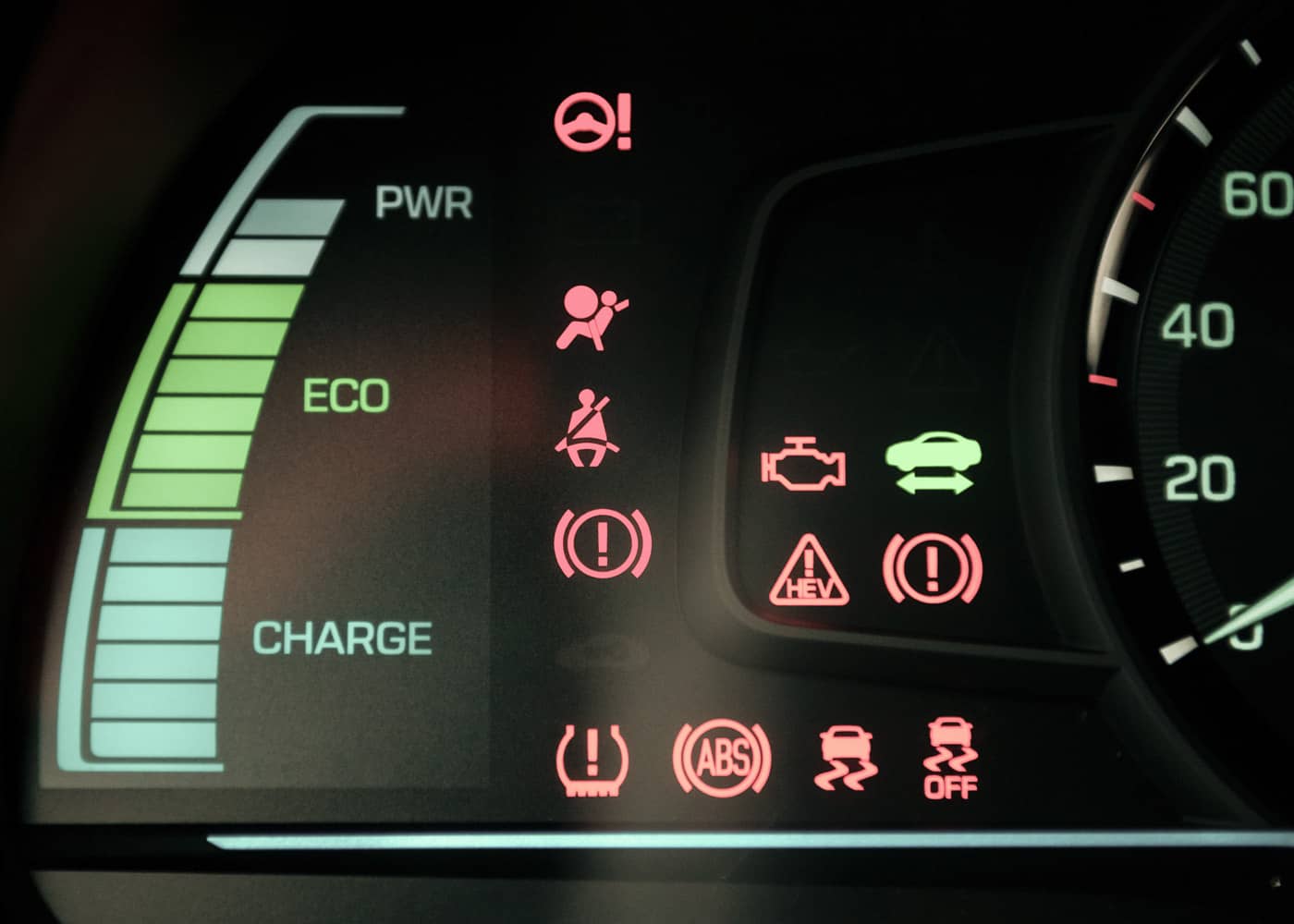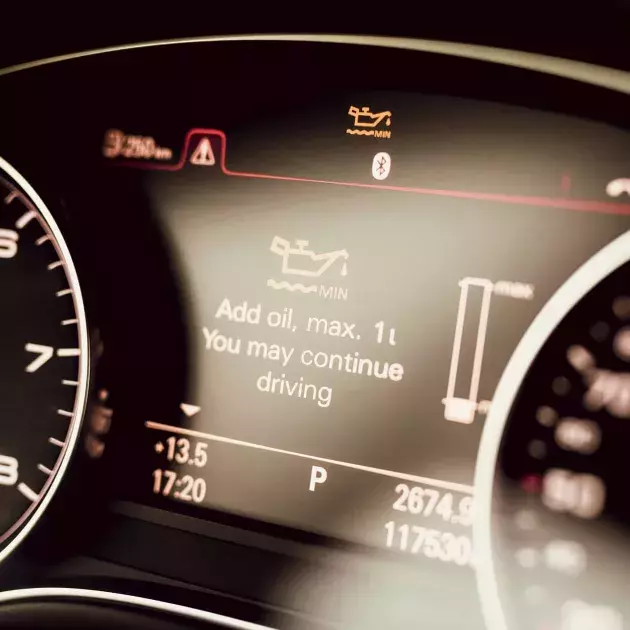It is always a bit worrying when a warning light appears on your dashboard or instrument panel. This can happen when you least expect it, or at a time that is really inconvenient and you don't know what to do. Stop or ignore it? Is it serious or harmless? What does it mean and what is the problem? All these questions will concern you.
What you need to know
Firstly, the LEDs all light up a few seconds after the ignition is switched on. This is to check that your vehicle is working properly. So there’s no confusion.
Secondly, you are not expected to be an expert in the language of light signals. For this reason, the manufacturer has included them in the user manual. You will usually find a visual guide with the explanations and some tips.
And if you are still not reassured or still not sure about what to do, contact your dealer or your roadside assistance provider. It is always advisable to consult the advice of a professional.

Decode the lights
Every car make and model has its own individual dashboard, either analogue or digital. Therefore, it would be virtually impossible to explain all these lights. However, one guide is important: colour. There are three categories.
- Red for alarm lights: this means there is a serious malfunction and requires you to react or stop as quickly and safely as possible. This indicates, for example, that your handbrake is on, that doors are open or that a seat belt is not being worn. It will disappear as soon as you have resolved the issue and is often accompanied by a warning sound. Other icons will require professional assistance, such as an engine warning light informing you of a fault, a thermometer indicating engine overheating, a faulty battery, a malfunction of the steering lock, etc. It is best to go to the nearest garage, as this is a safety issue.
- Orange for warning lights: these do not signify danger, so you can continue your journey but you will need to check the fault. This may indicate a cause for caution, such as a tyre pressure to be checked, a minimum oil level, brake pad wear, a faulty bulb, low fuel level, a filter to be replaced, maintenance to be carried out, etc. This is also a message to indicate that some options are deactivated, such as ESP, lane-keeping assist, etc.
- Blue (or green) for information lights: they indicate the operation of the lights, ECO mode, cruise control, etc. No worries, everything is working fine!
This reminder can give you peace of mind – you can print it out and put it together with your other documents in the glove box. If your car breaks down, the most important thing is to stay calm and stay safe.


